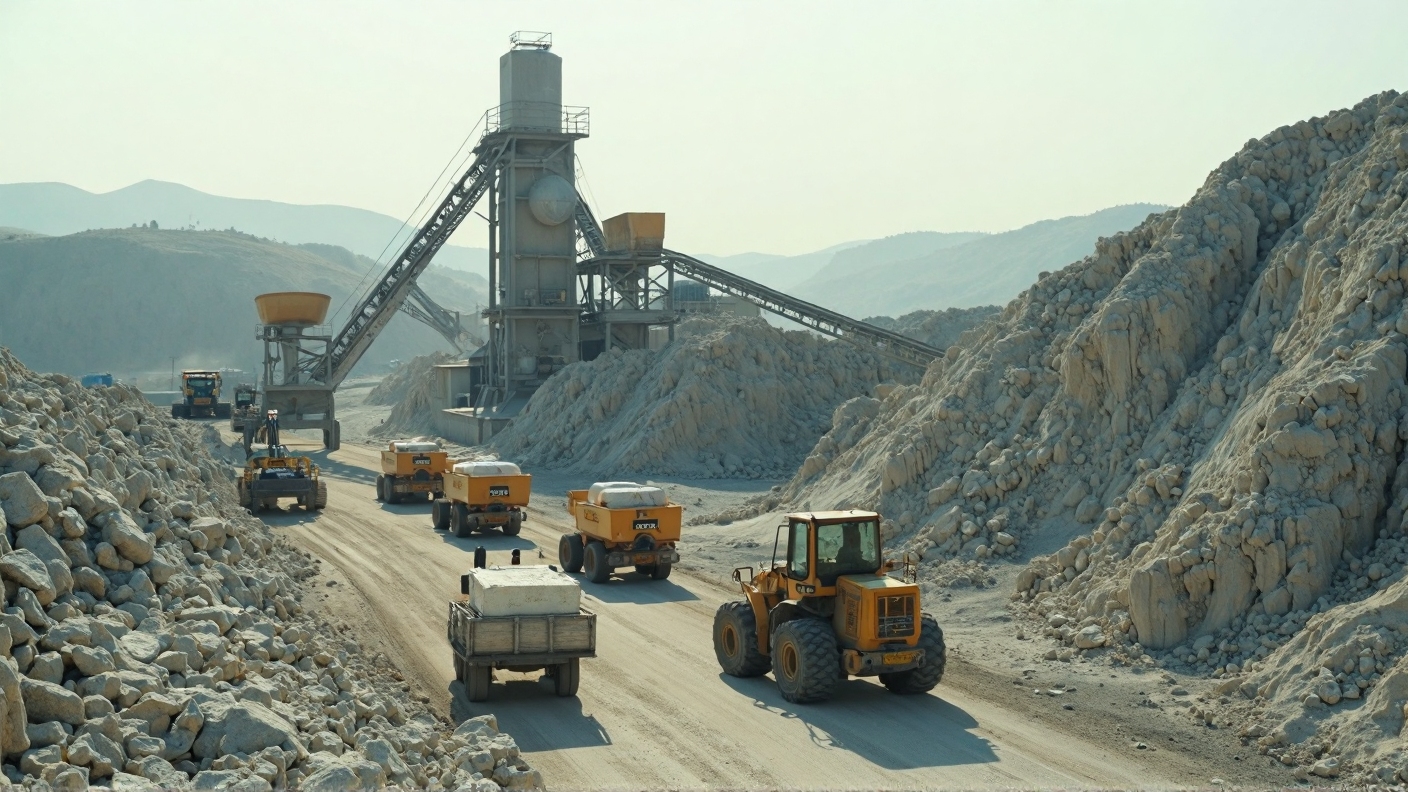Tag: Carbon Footprint
-

Worldwide Cement Consumption
Global Cement Consumption (1995–2026) 0 1 2 3 4 5 1995 2019 2020 2021 2023 2026 Consumption (Billion Metric Tons) Year 1.39 4.08 4.14 4.36 4.1 4.8 Hover over data points to see consumption values (in billion metric tons). Data rises from 1.39 in 1995 to a projected 4.8 in 2026. Source: Industry reports. Key…
-

Limestone Calcined Clay Cement (LC3) as a Next-Generation Solution
Concept: Limestone Calcined Clay Cement (LC3) combines limestone with calcined clay to create a low-carbon alternative to traditional Portland cement. It leverages limestone’s benefits while incorporating clay’s pozzolanic properties to further reduce clinker content and emissions. 2. Carbon Capture and Utilization (CCU) with Limestone in Cement Concept: Limestone can be integrated into carbon capture and…
-

Limestone in Cement: A Cornerstone for Sustainability and Performance
Key Points Limestone plays a crucial role in cement, acting as both a primary ingredient and an additive that boosts sustainability. It provides the calcium needed for cement to bind materials together, forming the basis of concrete. Modern uses, like in Portland-Limestone Cement (PLC), show it can reduce environmental impact and improve cement qualities, making…
-

How does the carbon footprint of Type IL cement compare to traditional Portland cement?
Type IL cement, also known as Portland-Limestone Cement (PLC), has a lower carbon footprint compared to traditional Portland cement (Type I) due to several factors. The primary advantage of Type IL cement is its increased limestone content, which means that less clinker, the most carbon-intensive component of cement, is needed in its production. Studies have…